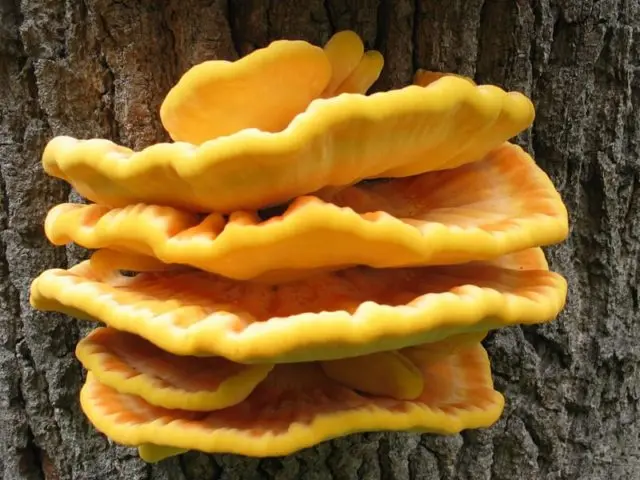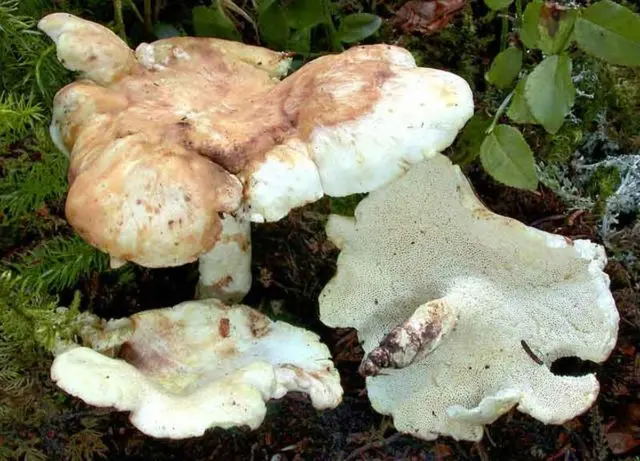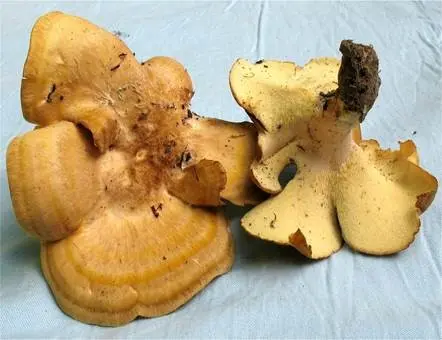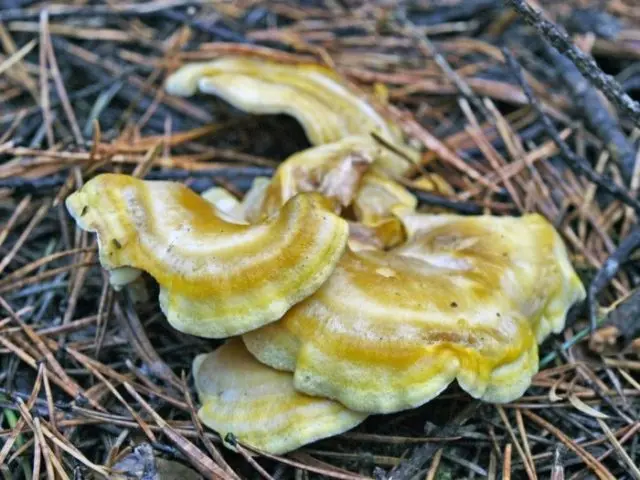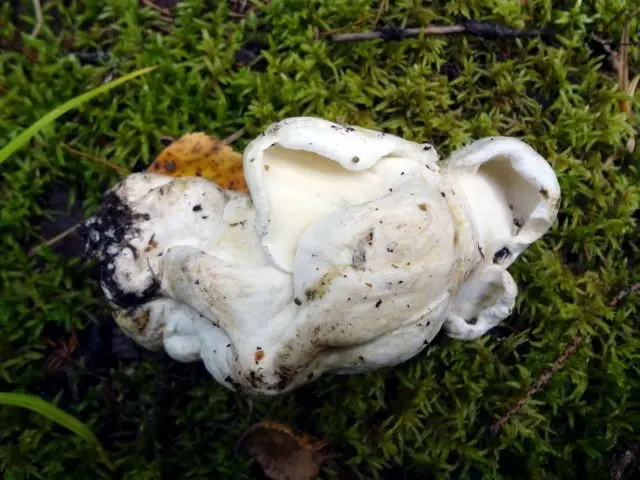Contents
Albatrellus syringae (Albatrellus syringae) is a rare mushroom of the Albatrellaceae family (Albatrellaceae). It is considered a tinder fungus, despite the fact that it grows on the soil, and its fruiting body is clearly divided into a stem and a hat. The name of the genus “albatrellus” comes from the Latin word, which translates as boletus or boletus. The specific name “syringae” reflects its preferences in terms of habitat, in particular, near the lilac.
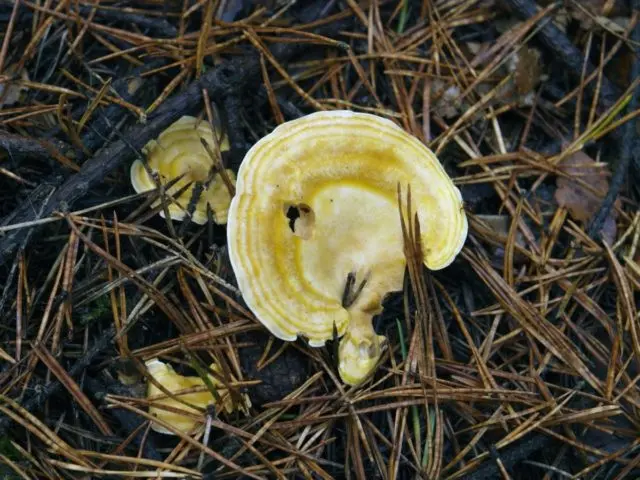
Where does lilac albatrellus grow
It grows in a variety of forest plantations and park areas, singly or in small groups. Grows near lilac bushes, trunks and stumps of deciduous trees (willow, alder, linden). Widespread throughout Asia, North America and Europe. Rarely found in Our Country. Rare specimens can be found in the European part, Western Siberia and the Far East.
What does lilac albatrellus look like?
An annual mushroom consisting of a stem and a cap. Sometimes the fruiting bodies grow together with legs and the edges of the caps in several pieces. The hat is large, about 5-12 cm in diameter and about 10 mm thick. It is convex in the center, the edges are lobed or wavy. The shape of the cap at a young age is funnel-shaped, in mature specimens it is flat-convex. The color varies from yellow to egg-cream, sometimes with darkish spots. The surface of the cap is matte, may be slightly fleecy.
The stem is short, similar to the color of the hat. Brittle, fibrous, tuberous, sometimes curved. In old mushrooms, it is hollow inside. The flesh is fibrous, fleshy, whitish or dark cream in color.
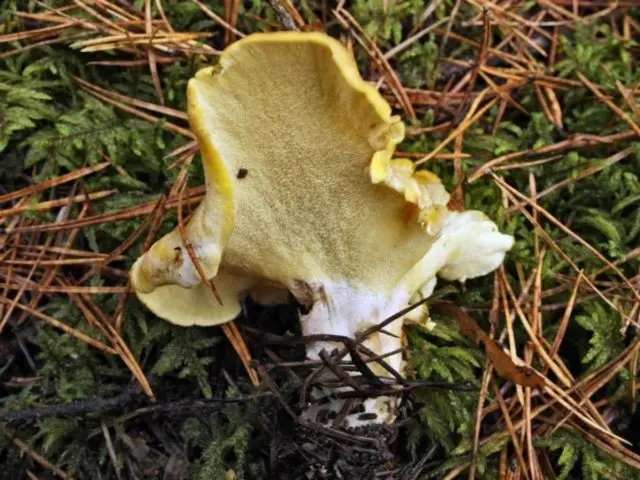
Is it possible to eat lilac albatrellus
Albatrellus lilac belongs to the category of edible mushrooms. But in official sources it is characterized as conditionally edible.
The taste of the mushroom
Representatives of the genus do not have a high nutritional value and belong to the third category. Lilac albatrellus has a pleasant nutty taste, without bitterness. There is no smell. The fungus is poorly studied, therefore, complete data on its chemical composition are not available.
False doubles
You can confuse lilac Albatrellus with the following species:
- Tritovik sulfuric yellow (conditionally edible). The color varies from bright yellow to orange. Grows near coniferous trees.

- Albatrellus blushing (inedible). Distinctive features – a more saturated orange color of the fruiting body, including the hymenophore.

- Xanthoporus Pekka. Color is greenish-yellowish. There is no exact data on its edibility.

- Polypore sheep. The color of the cap is whitish-gray with yellowish patches. Only young specimens can be eaten, the old ones begin to taste bitter.

- Albatrellus confluent (edible). The color is similar to reddening albatrellus, only the color of the hymenophore differs. In young fruiting bodies it is light cream, in old ones it is pinkish brown. Distinctive features – grows in large groups, which are fused fruiting bodies.

Collection and consumption
Fruiting lasts from spring to late autumn. Collection can be carried out in deciduous forests and parks. They are found on lawns, cultivated soils with grass cover, among hazels and other shrubs. In European countries, these mushrooms are not eaten, despite the fact that they are considered edible.
Conclusion
Lilac albatrellus is a little-studied representative of a large group of tinder fungi. On the territory of Our Country is quite rare. It belongs to the category of edible mushrooms, but does not have a special nutritional value.










